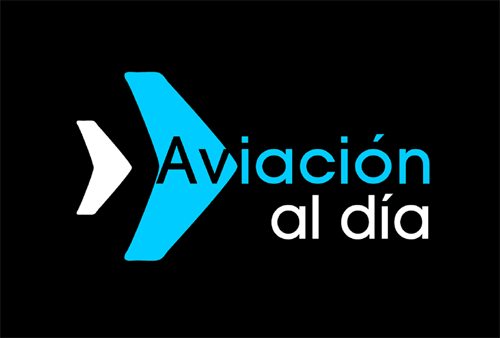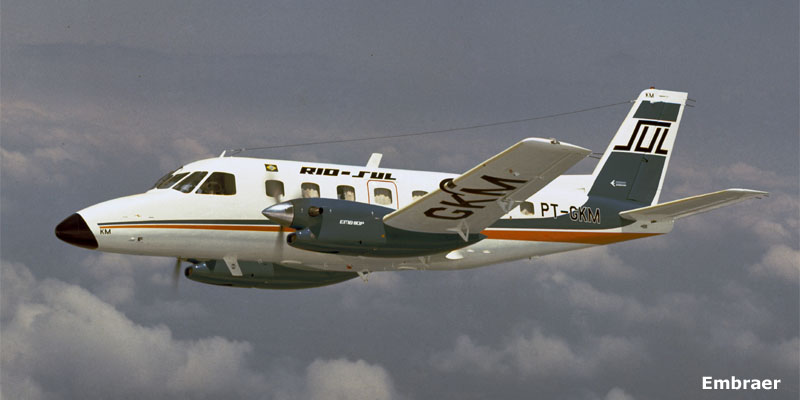An icon of regional aviation and precursor of the modern Brazilian aeronautical industry, the EMB 110 Bandeirante aircraft celebrated 50 years of operation on Thursday. The model entry into service took place on February 9th, 1973, when the first aircraft was delivered to the Brazilian Air Force (FAB), in a ceremony held at the Embraer factory in São José dos Campos, in São Paulo’s countryside. The first delivery symbolized the realization of a strategic vision of transforming science and technology into a high-value industrial activity in Brazil.
“Embraer and FAB are long-standing strategic partners, and the Bandeirante depicts the beginning of an important industrial cooperation. The aircraft was a milestone for the development of regional aviation worldwide and the first commercial success of the Brazilian aeronautical industry abroad. Robust and versatile, the result of an innovative project for the time, the Bandeirante was produced in versions for civil and military use, and it fills us with pride to know that many units are still in operation today,” said Francisco Gomes Neto, President and CEO of Embraer.
Pioneer
The IPD/PAR 6504 aeronautical project was conceived at the Aeronautics Technical Center (CTA) in Sao Jose dos Campos, Sao Paulo’s countryside, and authorized by the Ministry of Aeronautics in 1965. The first flight took place on October 22nd, 1968, and the aircraft was named Bandeirante. The development had the collaboration of 170 national companies and a high degree of quality so that the components reached the precision requested for the development of the aircraft. The creation of Embraer in 1969 aimed to develop an industrial structure for the scale production of the Bandeirante, as well as to improve the initial project.
→ Porter Airlines starts flights with Embraer E195-E2
Due to Brazil’s vast size, the Bandeirante was conceived to provide services and connect the most diverse points of the national territory, such as the Amazon, Northeast, or Midwest of the country. The model was developed as a multiplatform and used for different missions and purposes to meet not only the needs of the FAB, but also the Brazilian airlines, such as Transbrasil and VASP, which ordered the civil version of the aircraft.
Due to its well-sized project for the segment, the Bandeirante quickly conquered the international market. Thus in 1975, the first military version was exported to Uruguay, and two years later, the French airline Air Littoral became the first international customer of the civil version. In the following years, the Bandeirante would also become a reference in the North American regional market.
In the FAB, the Bandeirante performed several missions, such as transporting people, cargo, and paratroopers, and was also used for flight instruction and testing. One of the highlights was the search, rescue, and reconnaissance version, which became known as Banderulha, responsible for patrolling the Brazilian maritime territory.
Currently, the FAB’s Bandeirante fleet fulfills different missions in the national territory, including a relevant role in pilot training. The aircraft also stands out for its robustness and can be used in remote and difficult-to-access regions, such as the Amazon, for logistical missions and humanitarian support.
The versatility made the production of the Bandeirante last for almost two decades, with 498 aircraft being delivered in 36 countries. The Bandeirante has established itself as one of the best-selling aircraft in its category and marked a new era in regional air transport in Brazil and worldwide.
Related Topics
Boeing Requests Emissions Exemption from FAA to Sell 35 777F Jets
FAA to Evaluate New Cockpit Alert System for Boeing 737 MAX 10: A Key Step Toward Certification
Southwest Airlines Expects Boeing 737 MAX 7 Certification by August 2026
Airbus Admits Boeing Likely to Win Order Race This Year

Plataforma Informativa de Aviación Comercial con 13 años de trayectoria.




